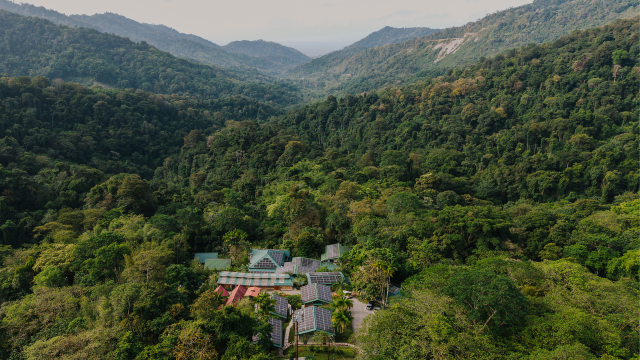
If you’re looking for sandy white beaches and turquoise waters, Grande Riviere in Trinidad isn’t the place. Its beauty is wilder: rainforest pressing up against the shore, a river spilling into the sea, and one of the largest leatherback sea turtle populations on Earth. Visitors come here not for a manicured Caribbean picture postcard, but to witness an extraordinary conservation story – one in which a community once known for hunting turtles now protects them.
A miracle by moonlight
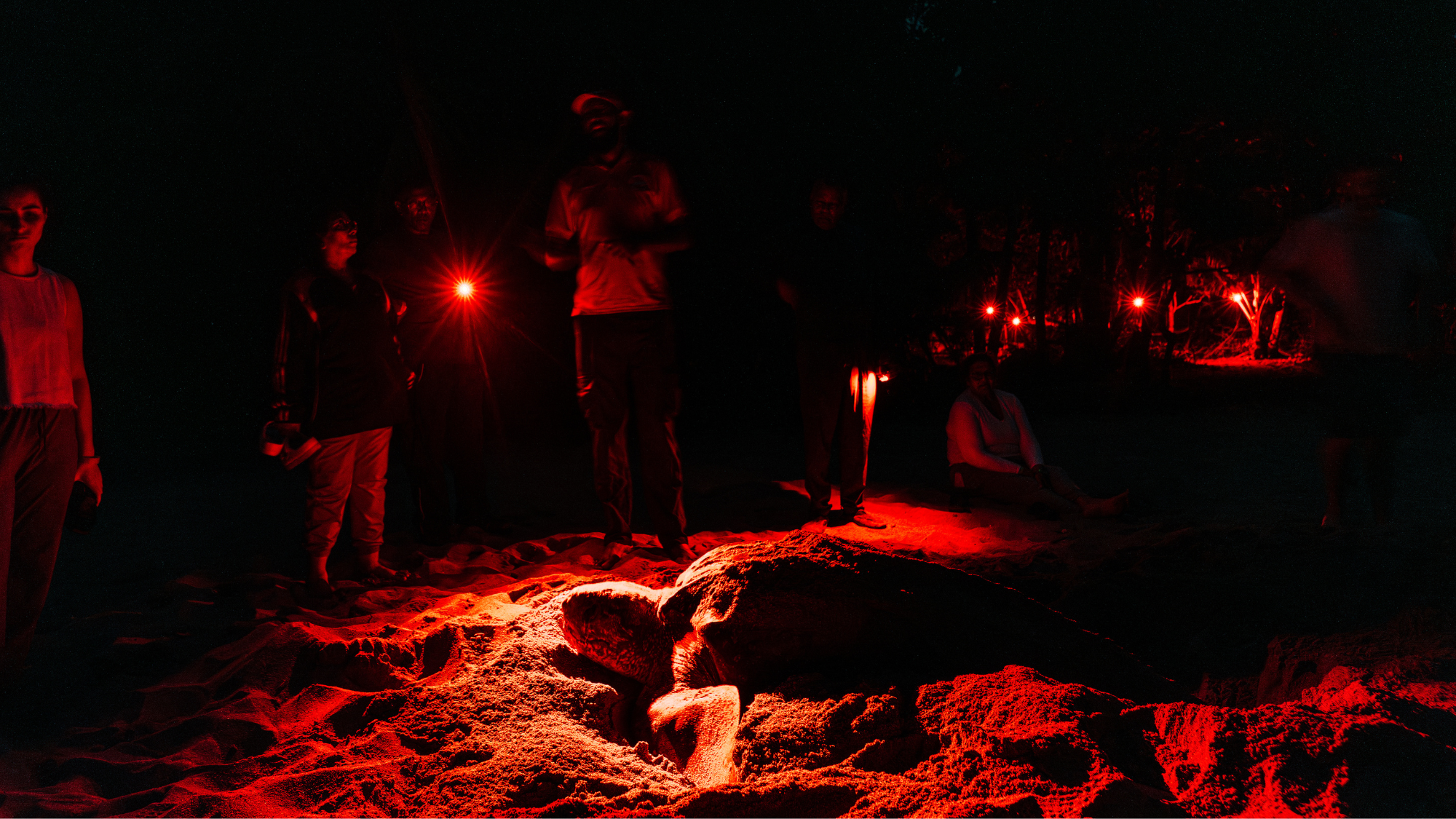
Base yourself at Mt. Plaisir Estate Hotel, a simple but elegant lodge with ocean-facing rooms that place you steps from the nesting grounds. Days here are unhurried: lazy swims in the warm plunge pool, authentic Trinidadian food and the constant anticipation of the turtles’ return. During nesting season, guests can be woken in the night to watch females laying their eggs. Our call never came, but we did witness something equally magical: the hatching of baby turtles.
Community patrols now safeguard the beach day and night. Hatchlings emerging in daylight are easy prey for circling vultures, but here they are gently gathered into shaded buckets until dusk, when visitors help release them by moonlight. It’s a deeply moving scene: tiny creatures tracing silver paths towards the sea, as they have done for thousands of years.
Leatherbacks were first recorded here in the 1930s when they were hunted for food, oil and even insect repellent. Everything changed in the 1960s as scientists from the University of the West Indies began working with locals on turtle protection. Grande Riviere local Len Peters, now a conservationist who featured in “Blue Planet II”, remembers the turning point: “We had no idea these creatures, around when dinosaurs walked the earth, needed our help.” Thanks to decades of tireless work, Grande Riviere is now one of the world’s most important nesting sites.
Rainforest hikes and remarkable wildlife
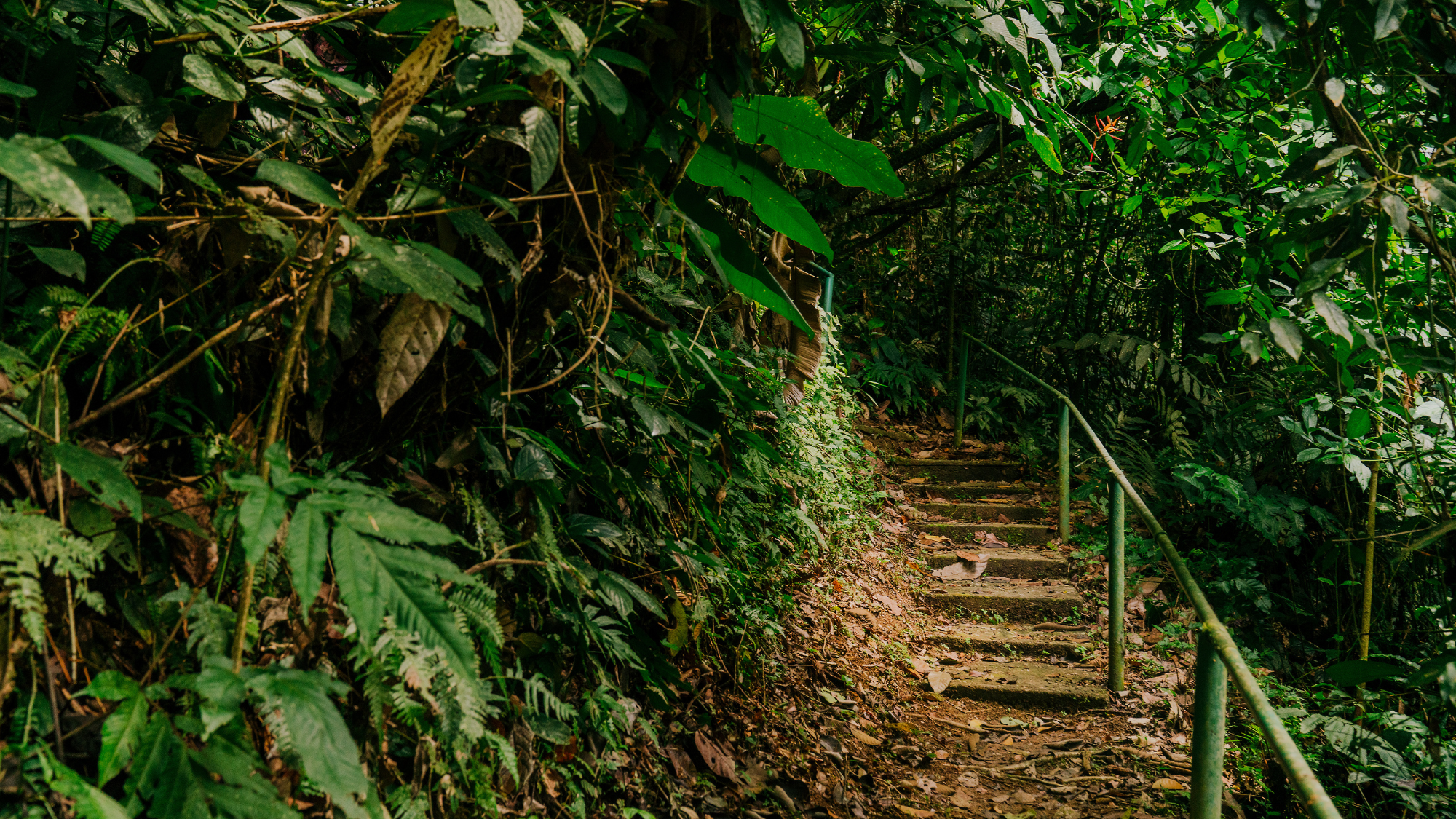
While Peters and his neighbours focus on conservation, HADCO Experiences, who own Mt. Plaisir, ensures visitors see Trinidad’s wild side in comfort. Its philosophy is “regenerative tourism”: not just doing less harm, but actively doing good. It offers guided excursions, like a boat trip to Paria Waterfall past dramatic sea caves and rock formations, culminating in rainforest hikes, barbecued fish lunches and tropical downpours that feel more like a blessing than an inconvenience.
For a contrasting experience, travel two hours inland to Asa Wright Nature Centre, another HADCO-run ecolodge deep in the rainforest. Here, mornings begin with birdsong, and trails wind through lush forest alive with rare flora and fauna. Natural bathing pools and secluded waterfalls offer the chance for peaceful swims, while sustainability underpins everything. The centre even produces its own conservation research.
Walking these trails with a guide like Giselle Lares, an indigenous naturalist who grew up exploring the forest with her grandfather, brings the landscape vividly to life. She knows every tree and birdcall as if they were kin, pausing to show guests tiny orchids clinging to ancient trunks, or the flash of a blue-backed manakin darting through the canopy. “Don’t look for anything,” she says. “Everything is welcome.” It’s a reminder that here nature reveals itself on its own terms, if you take the time to see it truly.
Excursions from Asa Wright include the Caroni Bird Sanctuary, a 12,000-acre mangrove wetland and one of the world’s most powerful natural carbon sinks. Guided by Winston Nanan, a third-generation conservationist whose family has spent decades protecting the sanctuary, visitors glide through waterways where caiman and herons lurk, then watch thousands of scarlet ibis – once hunted, now fiercely protected – roosting at sunset, turning the trees crimson.
For those seeking something truly unforgettable, HADCO can organise trips to the Mount Tamana Bat Cave. As dusk falls, millions of bats pour into the sky from a cave once considered sacred, an ancient spectacle that connects you to the island’s deep natural rhythms.
A warm welcome
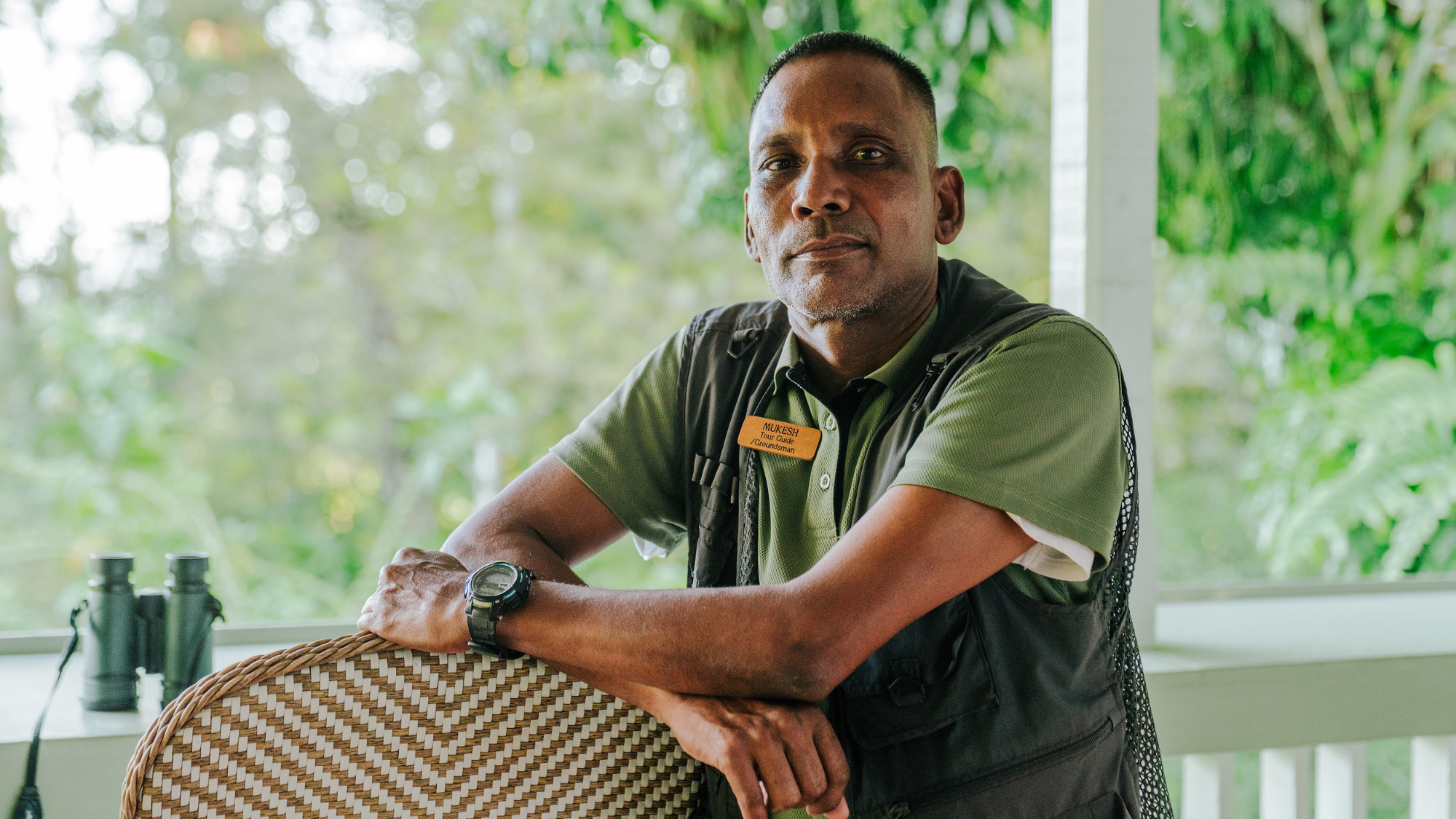
What makes both Mt. Plaisir and Asa Wright truly special are the people who help run them. Every member of staff is drawn from the local community, and their pride in the landscape is infectious; from the cooks who share family recipes to the guides who know the forest paths like old friends. Their warmth and knowledge make you feel less like a visitor and more like a welcomed guest.
Indeed, Trinidad’s soul isn’t only in its wildlife, it’s in its people and culture. A visit to the Musical Instruments of Trinidad and Tobago Company reveals the story of the steelpan, the island’s national instrument. Born from the resourcefulness of enslaved people who transformed oil drums, the pan is now a symbol of unity and resilience. Visitors can watch artisans tuning each instrument by hand and meet young apprentices, female tuners are still rare, carrying forward the tradition. Once dismissed as makeshift street music, the steelpan now shares the stage with symphony orchestras around the world.
The verdict
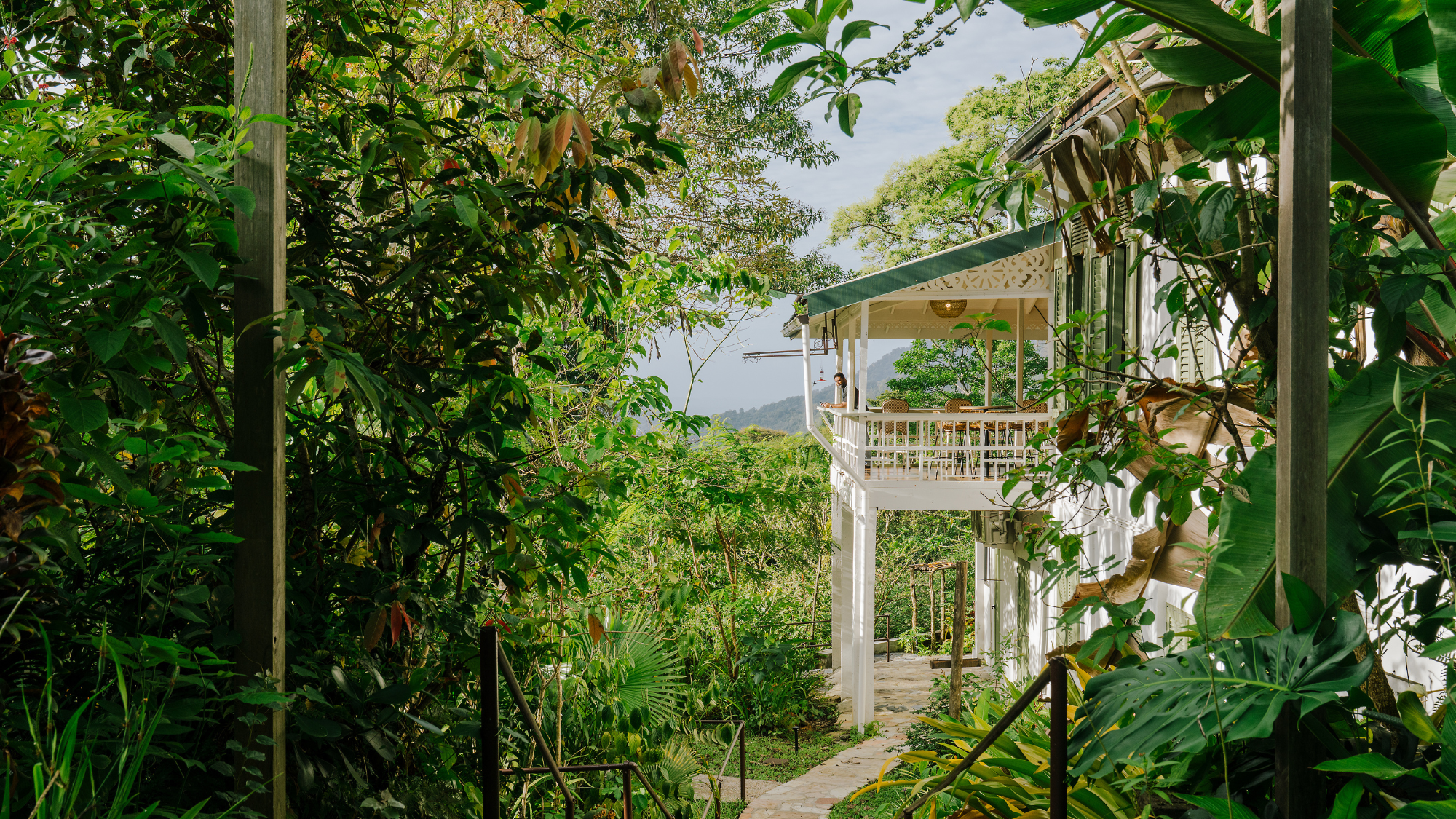
From rainforest trails and mangrove swamps to the moonlit miracle of turtles crawling toward the sea, Trinidad’s natural wonders offer unforgettable encounters. But perhaps the most powerful story here is one of transformation; of a community re-defining its relationship with the environment, of tourism evolving into a force for regeneration, and of visitors becoming part of a much bigger conservation story. On a trip like this, you don’t just watch nature at work, you become part of it.
Alexandra Genova was a guest of the Asa Wright Nature Centre and HADCO Experiences at Mt. Plaisir Estate Hotel
Experience the island’s natural wonders, from watching baby turtles hatch to visiting an ancient bat cave




